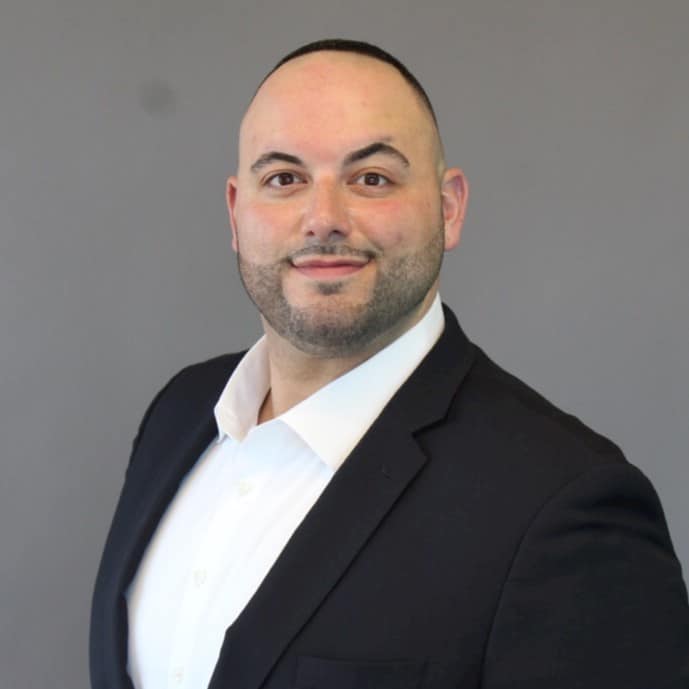
Many injured workers report that their claims adjusters will periodically ask them if they want to settle. Filled with fear of the unknown, these workers typically respond, ‘no,’ and the conversation ends there. Successful claim settling is a process that involves many steps along the way.
The most effective method to close workers’ compensation claims is to use a team approach, especially with unbiased third parties to help alleviate all stakeholders’ concerns. The combination of structured settlement professionals working in concert with professional administrators can be vital in bringing legacy claims to closure.
Structured Settlement Advantages
Injured parties who settle their claims may choose to receive their money upfront as a lump sum or in payments structured over time. Research has shown time and again that those who opt for structured settlements see their money continue much longer than those who elect a single payment.
Structured settlements can be set up creatively to meet the injured person’s specific needs. They can be provided annually, semi-annually, quarterly, monthly, or in larger amounts many years after the settlement. Future needs, such as medical care, lost income, home modifications, retirement planning, or future college funding for children, can be incorporated into the payment plan.
The money is provided through an annuity, a specific product from top-of-the-line, trusted life insurance companies. The injured worker receives the payments income tax-free. There are no administration, management, or transactional fees paid by the injured person, nor any consultation fees. If public benefits are affected by an injured worker’s assets, an appropriate allocation can be made to a Special Needs Trust so the person’s quality of life can be improved with the settlement funds.
Adding a structured settlement consultant early in the claim process adds significant value to the overall outcome. The structured settlement consultant can identify opportunities to move the claim towards resolution. Also, by learning about all the issues involved, they can act as a resolution expert in helping guide the claim through the settlement process — working through all barriers that arise.
The structured settlement consultant will walk through every step of the claim resolution process and will participate in mediations, settlement forums, and arbitrations, as requested.
Among the activities of the settlement consultant are:
- Prepare settlement proposals that meet the injured party’s specific needs
- Offer ideas about settlement tools best suited for the claim-specific facts
- Evaluate government benefits and find ways to maintain those benefits while the injured party receives long-term payment streams
- Coordinate professional administration for Medicare Set-Asides
Professional Administration
While neutral in the claim settling process, professional administrators work on behalf of the injured worker after the claim has settled. Once the claim has closed and the nurse case manager, claims adjuster, and others associated with the workers’ compensation system are gone, professional administrators provide ongoing support to the injured workers by handling a variety of tasks, including:
- Setting up accounts in their name and Social Security number
- Acting as their health care advocate by helping them manage and pay any health care bills, such as treatments and prescriptions
- Help select medical providers
- Review bills
- Apply discounts on medical treatments and medications
- Handle reporting requirements to Medicare to ensure compliance
While these and other services occur after the claim has closed, working with the injured worker and other parties in advance will help ensure these claims get to settlement. As Bell said, “preparation is the key to success.” That’s why it’s critical to enlist the help of a professional administrator as soon as a claim is identified as a candidate for closure.
Settlement Team Early Involvement
The key to successful settlement is leveraging the expertise of the settlement team early in the claim history.
“Partnering with our preferred professional administrator early in the claim is incredibly helpful to the settlement process,” explained Brian Annandono, CSSC from Arcadia Settlement Group. He added, “genuine teamwork helps make each proposal relevant and meaningful. And our ability to overcome any barriers along the way — together — helps the case move forward smoothly toward a successful resolution.”
Injured workers who have relied on the workers’ compensation system for months or years are typically set in their ways and afraid of change — even if they dislike the system. They are concerned about running out of money, for example, and along with remaining compliant with Medicare — which they would need if they do exhaust their funds.
“One of the biggest benefits of getting involved early is for the injured worker to be educated on the options and get them interested even to consider a settlement,” said Johnny Meyer, Settlement Operations Manager at Ametros. “Along with the settlement team, we try to bridge the gap to settlement by overcoming a lot of [the injured worker’s] fears and concerns. Our role is to provide the claimants with the comfort they’ll be taken care of after settlement.”
Much of the success of early settlement team involvement stems from the depth of knowledge of technical settlement strategies and soft skills like understanding and empathy for injured parties.
“Partnering with professional administration early in the settlement process helps demystify the fears of managing these unique future needs,” related Cassie M. Barkett, Esq., associate general counsel for Arcadia. She added, “it is important to be able to take at least one major worry off the table during the negotiation process.”
Future Costs & Savings Opportunities
With the fear of running out of money being one of the primary reasons injured workers don’t want to settle, seeing the actual costs and opportunities for savings in advance can make all the difference.
Injured workers who transition from being in the workers’ compensation system to self-managing their own medical needs may be shocked to learn that medical providers and pharmacies expect to be paid full price. The person typically has no leverage to negotiate a discount, often resulting in the settlement being spent more quickly than it should.
For example, the network savings offered through professional administration on prescription drugs typically ranges from 40-percent to 60-percent off the retail price. Demonstrating these actual, real-time savings on their own medications can be a significant negotiating tool to bridge the gap of financial disagreements over the value of a claim.
“What this means, for example, if there was $100,000 allocated over the person’s lifetime for a certain prescription, through our network we might be able to get the same prescription for $40,000 after all the discounts we are able to apply. The injured worker is then left with an additional $60,000 that would be in their account as a nest egg, or it could be left to their family or estate,” Meyer explained. “Leveraging this tactic addresses the main concern that typically arises with the claimant and their attorney; is the settlement money enough?
Structured settlements also help ensure injured workers continue to have money for their future medical needs. They safeguard the person from spending most or all of the money, only to find out they do not have enough for medical care, let alone living expenses.
Example: The parties agree to a settlement of $100,000 through a structured settlement. The annuity is purchased for $75,000 and grows over time. The injured worker gets $20,000 initially, then collects $5,000 per year over the next 20 years. The payer saves $25,000, and the injured worker receives protection that their settlement funds cover their needs for many years.
Conclusion
Injured workers who refuse to settle their claims typically fear the many unknowns that await them; fear of running out of money, of not knowing whom to turn to for advice, of failing to comply with the requirements of Medicare and other government programs. If they knew beforehand what they might be getting themselves into, many more injured workers would embrace rather than reject the idea of settling their claims. A strong settlement team working together with all stakeholders early in the process can smooth the path for a successful settlement.
Authors

Alisa Hofmann, CWCP, CMSS, WCSS, is the Vice President of Workers’ Compensation and Medicare Practices at Arcadia. Alisa has been handling, managing, and directing Workers’ Compensation claims for over 27 years and maintains her adjuster licensing in many states, also holds Life, Health, and Accident Licensing, and many Insurance Accreditations

Johnny Meyer is the Director of Strategic Partnerships at Ametros, cultivating and maintaining relationships among business partners. He is focused on developing strategies and business plans with partners and executing against metrics and milestones to drive growth and revenue. Johnny brings over a decade of experience working in business development, marketing, and customer service

















